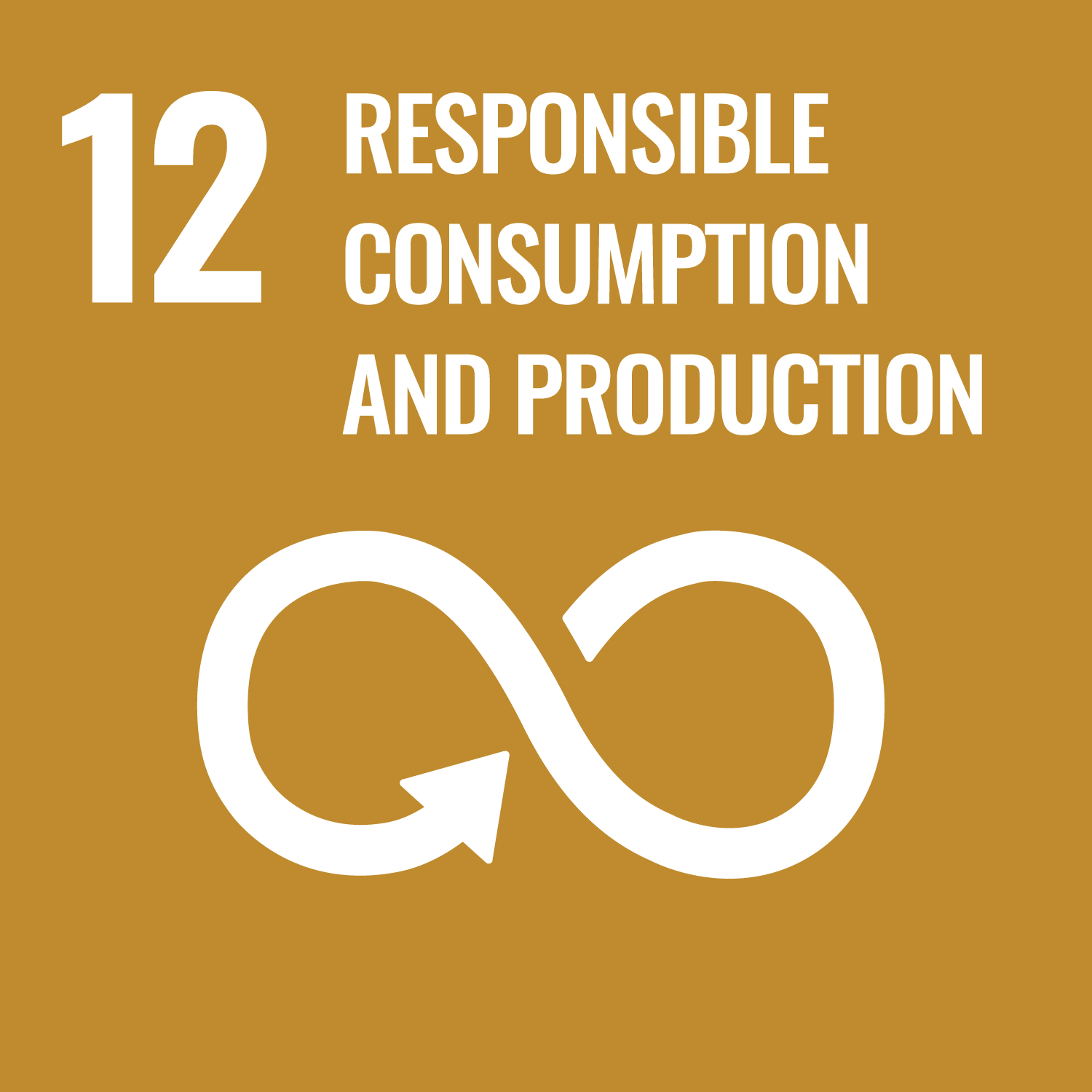In order to explain the properties of the solid materials, it is necessary to understand its structure and electronic configuration
of single atoms as well as atoms in the crystal structure. In this course, those topics will be covered. The crystal structure
of solid materials will be described including crystallographic aspects. Chemistry of defects will be explained. The students
will be able to learn the x-ray diffraction technique and analysis of the data using the Rietveld method. The properties
of the materials such as the ability to form solid-state solution, electrical, magnetic, and optical properties will be linked
to their structure. The student will learn about the phenomenon of superconductivity and other applications of solid-state
chemistry.
The purpose of this course is to teach students how to describe materials in terms of their electronic and crystal structure
as well as their morphology. During the course, the student will learn how to link the structure of the materials with their
electrical, magnetic and optical properties.
| Goals and objectives | Course Outcomes | |
|---|---|---|
| 1. | The student will be able to describe the different types of crystal structures, defects, and bondings |
A-1
|
| 2. | The student will be able to describe the different synthesis and processing methods and crystallographic techniques that allow for identifying the materials |
A-1
|
| 3. | The student will be able to explain the basic phenomena behind the material's properties. |
A-1
|
| 4. | The student will be able to describe different measuring techniques that allow for identifying the materials as well for the investigation of their properties |
A-1
|
| questionnaires | Final Exam | Total. | |
|---|---|---|---|
| 1. | 10% | 15% | 25% |
| 2. | 10% | 15% | 25% |
| 3. | 10% | 15% | 25% |
| 4. | 10% | 15% | 25% |
| Total. | 40% | 60% | - |
| Class schedule | HW assignments (Including preparation and review of the class.) | Amount of Time Required | |
|---|---|---|---|
| 1. | Crystal structures and crystal chemistry, part 1 | Lecture review at home | 190分 |
| 2. | Crystal structures and crystal chemistry, part 2 | Lecture review at home | 190分 |
| 3. | Crystal defects, non-stoichiometry, and solid solutions | Lecture review at home | 100分 |
| 4. | Bonding in solids | Lecture review at home | 190分 |
| reply to questionnaire #1 | 90分 | ||
| 5. | Synthesis, processing, and fabrication methods | Lecture review at home | 190分 |
| 6. | Crystallography and diffraction techniques | Lecture review at home | 100分 |
| 7. | Introduction to Rietveld refinement | Lecture review at home | 190分 |
| reply to questionnaire #2 | 90分 | ||
| 8. | Other techniques: microscopy, spectroscopy, thermal analysis | Lecture review at home | 100分 |
| 9. | Phase diagrams and their interpretation | Lecture review at home | 190分 |
| 10. | Electrical properties I | Lecture review at home | 190分 |
| reply to questionnaire #3 | 90分 | ||
| 11. | Electrical properties II | Lecture review at home | 190分 |
| 12. | Magnetic properties | Lecture review at home | 100分 |
| 13. | Optical properties: luminescence and lasers | Lecture review at home | 160分 |
| reply to questionnaire #4 | 90分 | ||
| 14. | Final exam in class (delivery of report and presentation in front of colleagues) | preparation for the final exam | 210分 |
| Total. | - | - | 2650分 |
| A:Fundamental Mechanical Engineering | B:Advanced Mechanical Engineering | C:Environment and Materials Engineering | D:Chemistry and Biotechnology | E:Electrical Engineering and Robotics | G:Advanced Electronic Engineering | F:Information and Communications Engineering | L:Computer Science and Engineering | H:Urban Infrastructure and Environment |
|---|
The questionnaires will contribute 40% to the final grade (10% x 4 questionnaires).
The Final exam will contribute 60% to the final grade.
The student must earn a total score of 60% or more to pass.
The Final exam will contribute 60% to the final grade.
The student must earn a total score of 60% or more to pass.
| ways of feedback | specific contents about "Other" |
|---|---|
| Feedback in the class |
[1] Solid State Chemistry and its Applications, Student Edition, Willey, by Anthony R. West.
[2] A. C. Larson and R. B. von Dreele, GSAS General Structure Analysis System, Los Alamos National Laboratory Unclassfied Report, 2004, pp. 86–748.
all classes: ref [1]
class 6: ref [2]
[2] A. C. Larson and R. B. von Dreele, GSAS General Structure Analysis System, Los Alamos National Laboratory Unclassfied Report, 2004, pp. 86–748.
all classes: ref [1]
class 6: ref [2]
The student needs to have knowledge & understanding of the content of General Chemistry A & General Chemistry B, whose details
are in the syllabi of the two courses.
- Contact via e-mail (substitute "[at]" with "@")
- Contact e-mail addresses to Alicja Klimkowicz: alicja[at]shibaura-it.ac.jp
to Kumkum Ahmed: kumkum[at]shibaura-it.ac.jp
- Course that cultivates an ability for utilizing knowledge
- Course that cultivates a basic problem-solving skills
| Work experience | Work experience and relevance to the course content if applicable |
|---|---|
| N/A | N/A |



- 7.AFFORDABLE AND CLEAN ENERGY
- 9.INDUSTRY, INNOVATION AND INFRASTRUCTURE
- 12.RESPONSIBLE CONSUMPTION & PRODUCTION
Last modified : Tue Mar 12 04:09:13 JST 2024
